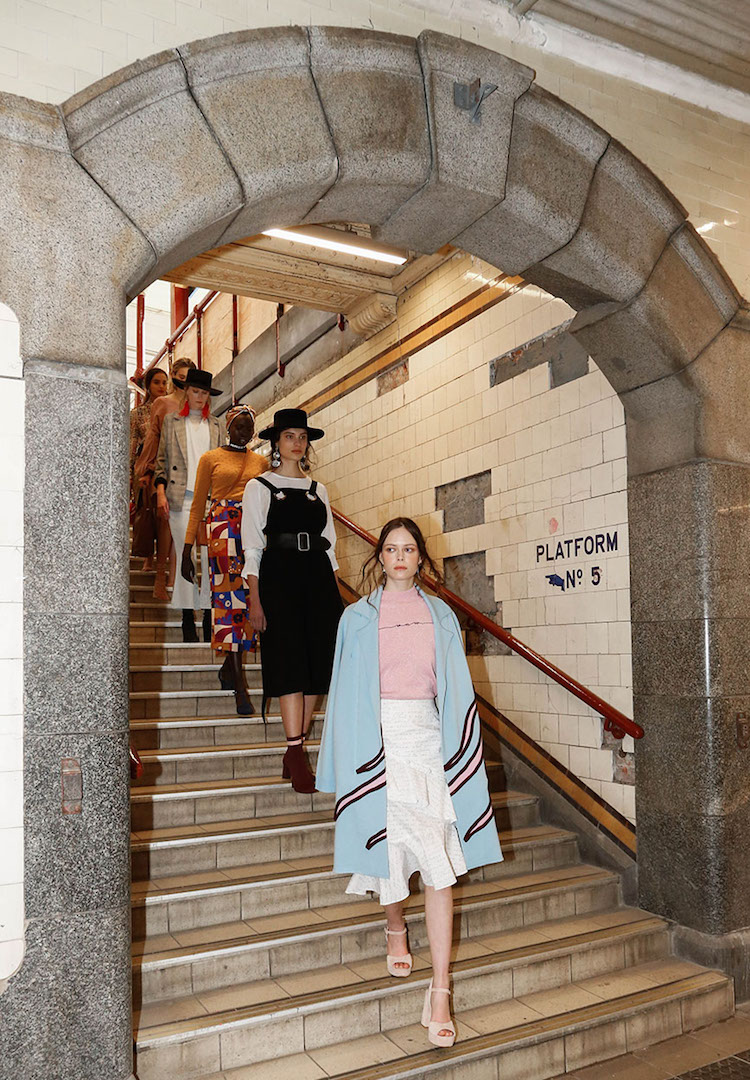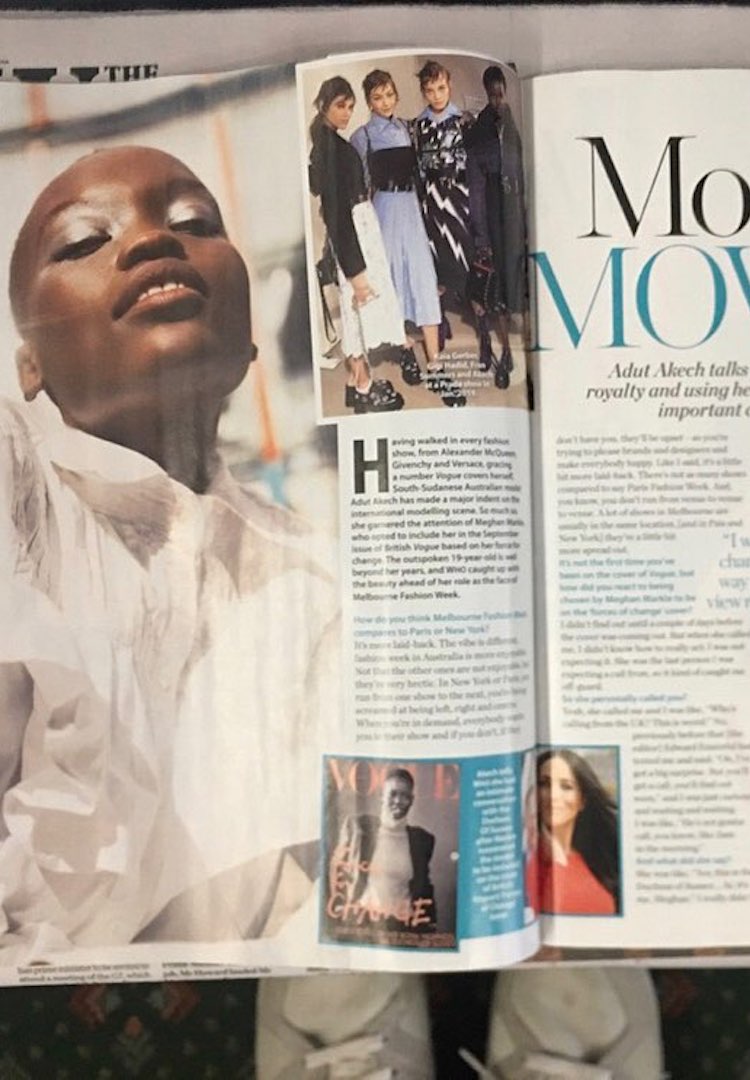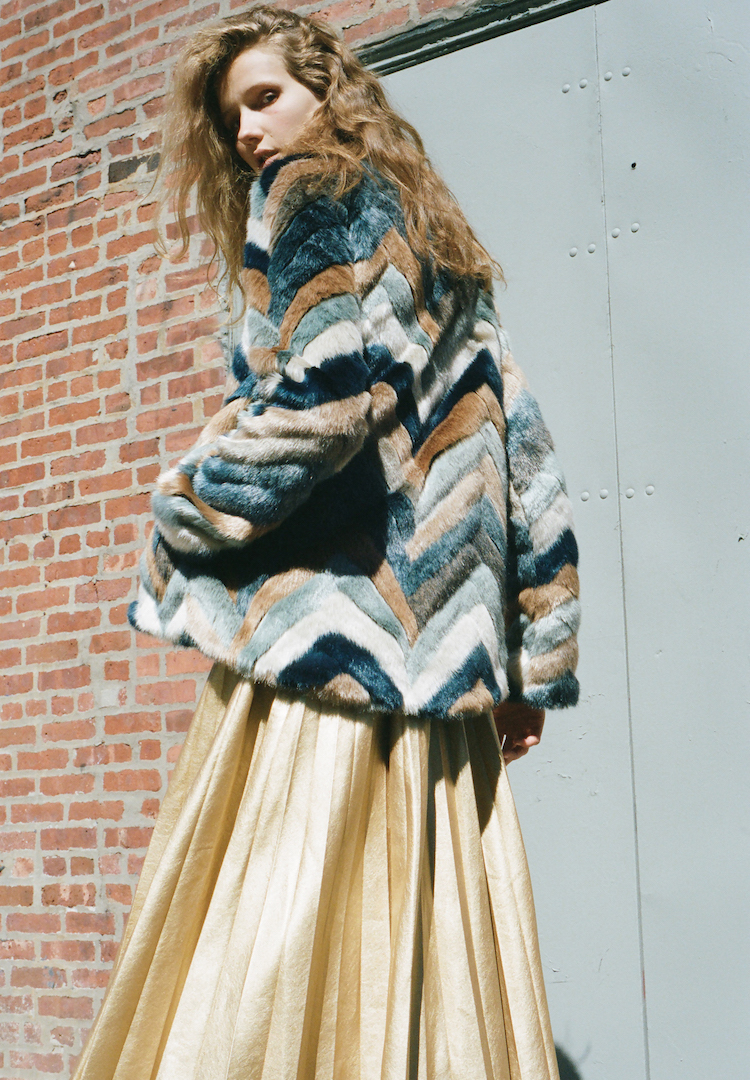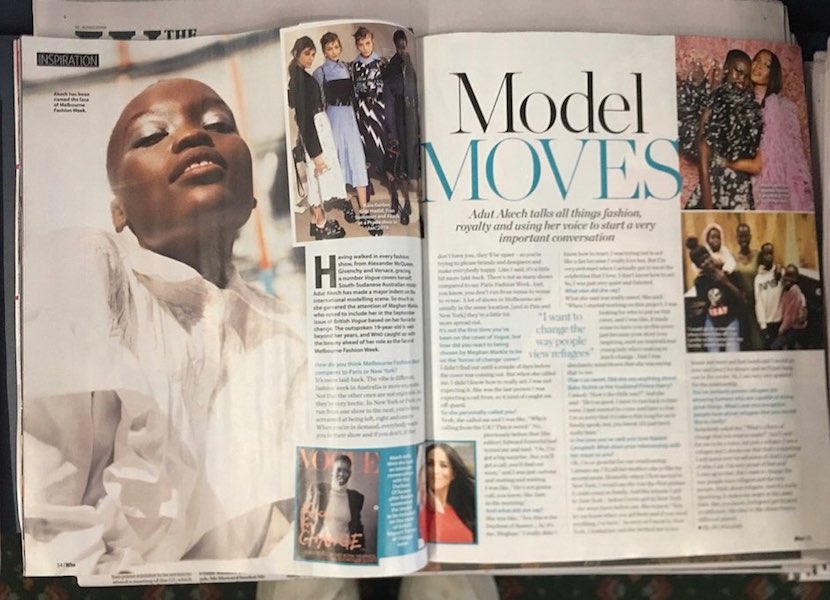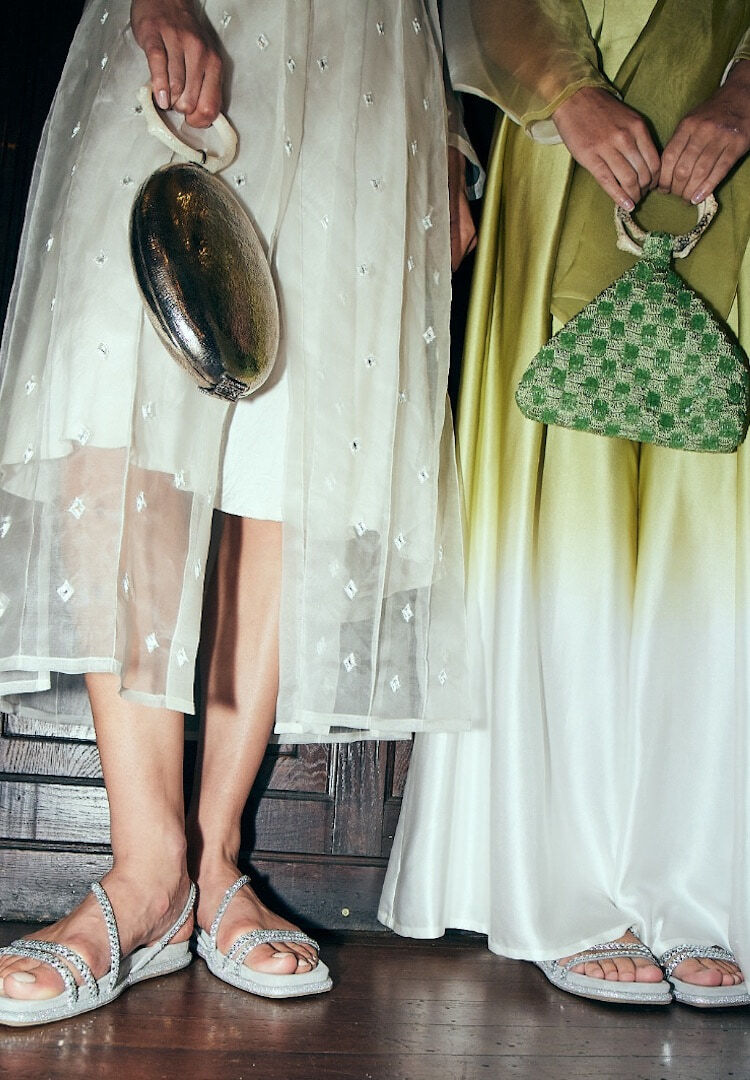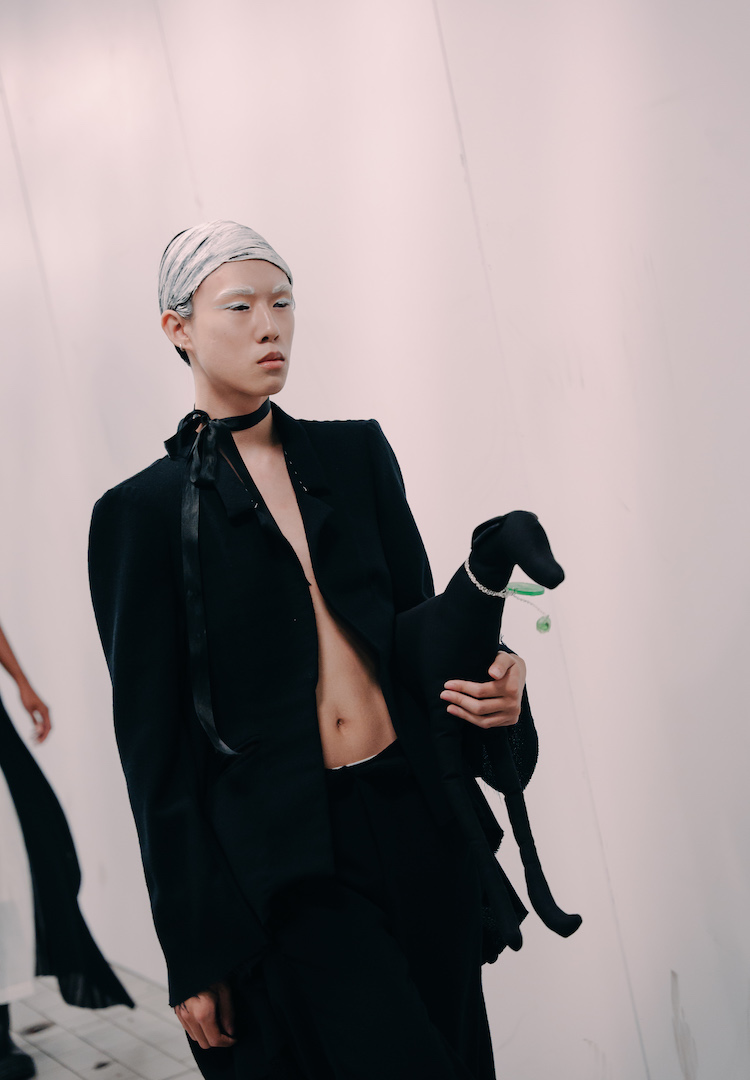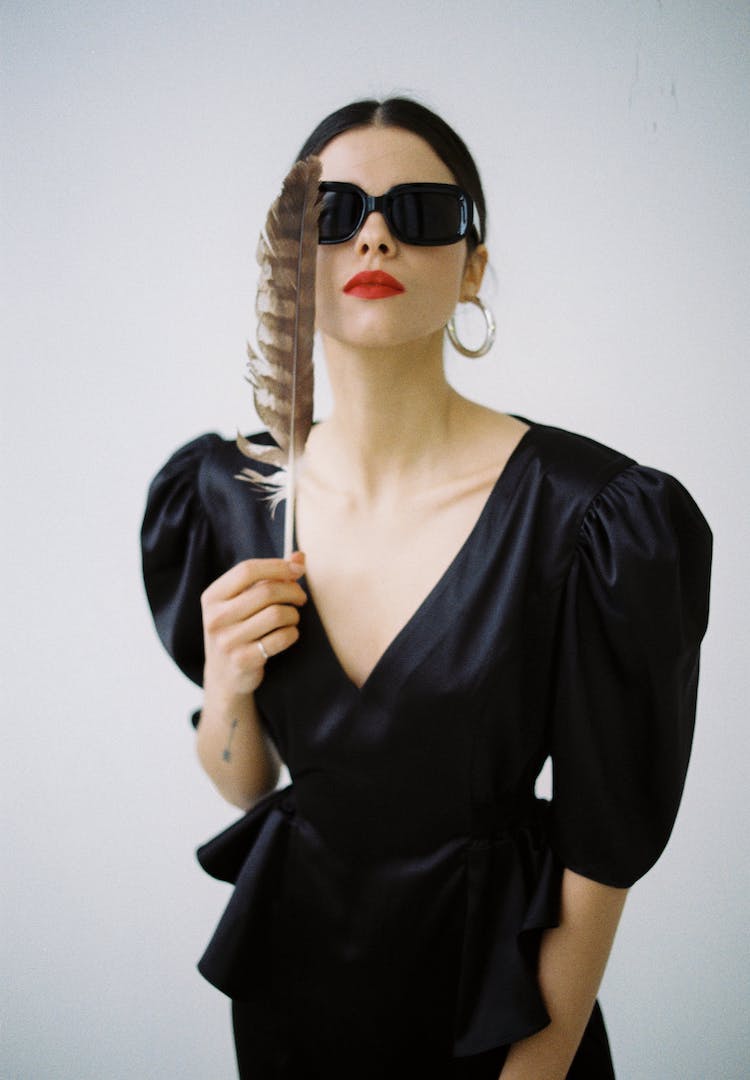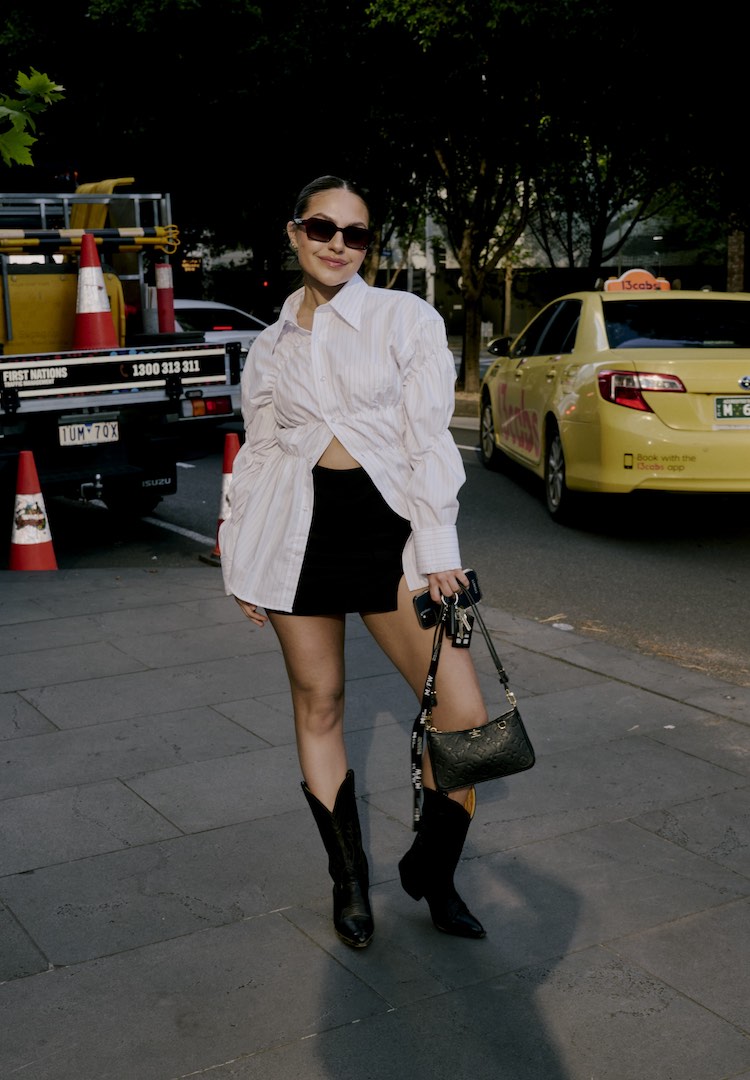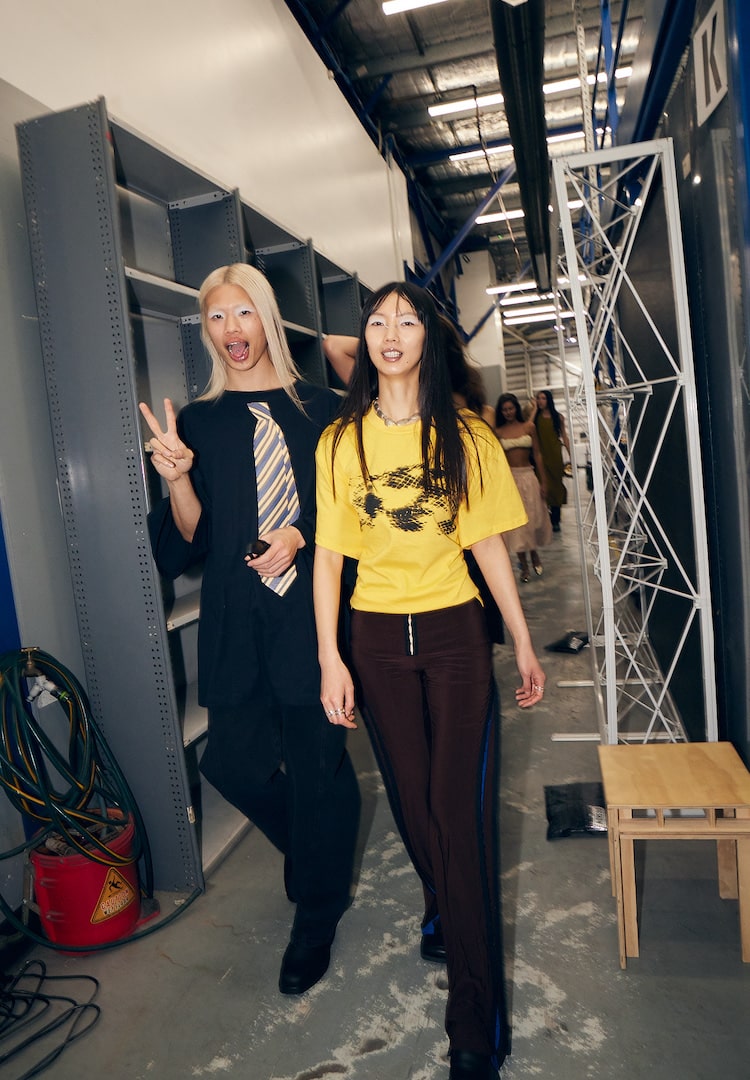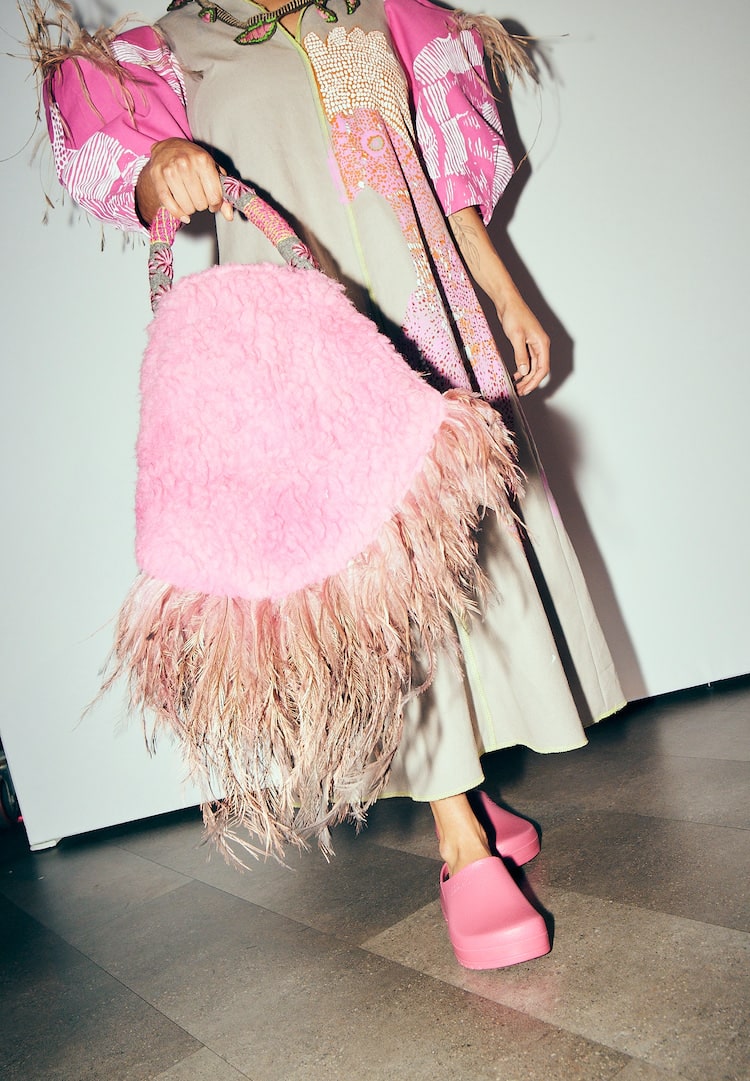What the Adut Akech/Who Weekly scandal says about our modelling industry
Words by Sasha Gattermayr
On Friday, weekly celebrity tabloid magazine Who Weekly published a cover story on Australian supermodel Adut Akech. Alongside the interview, they featured a series of images, the dominant one being of another African-Australian model, Flavia Lazurus.
The public was agog. Lord Mayor Sally Capp was “sickened and mortified”. Akech herself took to Instagram to call out the offence.
Who has not yet made a public statement.
In her Instagram post, Akech directly addresses the country and the local fashion industry about the shallowness of its inclusion rhetoric.
“Australia you’ve got a lot of work to do,” she says plainly, pointing to her experiences of direct racism on set and in the media.
How, in 2019, with the elevated collective consciousness around diversity and inclusion could something like this happen?
Flavia Lazurus is one of the faces of Melbourne Fashion Week for this year, while Akech is one their ambassadors. Is this where the confusion came in? If so, what does that say about the future of racial representation in fashion? That there can only be one African-Australian model per campaign? That all it takes for a model of colour to be mistaken for another person entirely, is to have two models of the same ethnic background cast in the same lineup?
It tells us that not just in publishing or modelling, but in the broader public, we have a long way to go when considering meaningful practices of diversity.
Models of colour hold particular power in an industry that is still battling with Anglo-European beauty standards. As an image-based profession, modelling carries a particular burden in publicly representing the face of identity politics. Yet an incident like this sets the efforts of models, like Adut, back years. To confuse one model with another of the same racial background negates any effort the industry has made towards becoming more inclusive of minority groups. There is clearly still a gap between what we say and what we do.
Mercy Sang, the model-journalist who founded the People of Colour Collective, points to the lack of recognition received by people of colour who work behind the scenes in creative industries as one of the main barriers to genuine representation in the media.
“You can definitely sense when there’s been no diversity in the background of something,” she explains. And when there is no diversity in writing rooms or publishing houses, you can see the direct effect when small, seemingly insignificant mistakes result in catastrophic displays of public racism such as this.
Sang is joined by multi-hyphenates like Moreblessing Maturure, who is a model, writer and activist that has been campaigning for greater racial representation in the media for years. As the founder of FOLK, a print and online magazine, she initially started the publication as a directory for white and non-white creators to find collaborators from diverse backgrounds. She conceived the platform in response to the dominance of white narratives she saw in the Australian media landscape which was so dissimilar from her birth-country, Zimbabwe. Very rapidly, the directory turned into a publication that could showcase the work of creatives of colour that was already out there in the world.
There are also genuine efforts across the fashion industry to elevate diversity in public-facing campaigns. The BELLA Unsigned Model Search announced its winners yesterday after putting the call out for models of different ages, sizes, genders, and physical abilities. And just this month, Victoria’s Secret cast its first transgender model and simultaneously sacked its controversial marketing manager, Ed Razek, after his public transphobic comments.
While there are non-white creators and activists, like Sang and Maturure, who are building their own spaces in creative industries in response to the absence of platforms that appear welcome to them, these independent efforts cannot contain the breadth and influence of mass media. Journalist Santilla Chingaipe has written about the effect mass media has in perpetuating stereotypes of select racial groups, in particular referencing the way the Victorian “African gang crisis” was portrayed by news outlets across the nation.
Racially-charged slipups like the one that happened last week reflect deeply entrenched collective attitudes and cultural problems with race across the nation.
Who Magazine‘s blunder points only further towards how Australia needs more people of colour in the spotlight across all industries. This is not purely about diversity in fashion, modelling, or publishing. It is about people of colour in government, on reality TV shows, in media, in community leadership roles and teaching positions. Australia’s race problems run deeper than issues of diversity in just the fashion industry and the weight should never be on the shoulders of a 19-year-old to confront the country with the realisation of the distance we lag behind the rest of the world.
Adut Akech is the face of Melbourne Fashion Week which officially kicks off today.

